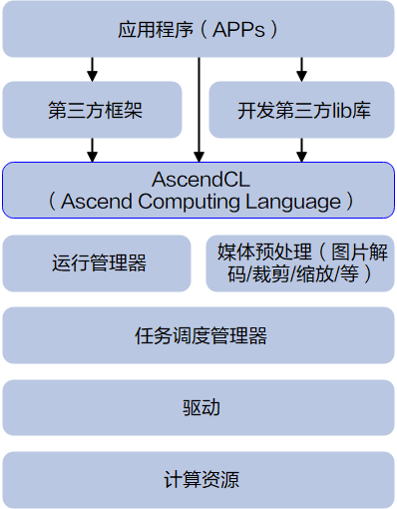React采用on+事件名的方式来绑定一个事件,注意,这里和原生的事件是有区别的,原生的事件全是小写
onclick , React里的事件是驼峰 onClick ,React的事件并不是原生事件,而是合成事件。
事件回调的几种写法
1.直接在组件内定义一个非箭头函数的方法,然后在render里直接使用 onClick=
{this.handleClick.bind(this)} (不推荐)
这种写法需要用bind处理回调函数不然获取不到this
import React, { Component } from 'react'
export default class App extends Component {
render() {
return (
<div>
{/*
和vue不同react绑定事件回调不需要加(),this.handler即可
*/}
<button onClick={this.handler1.bind(this)}>写法一</button>
</div>
)
}
handler1(e){
console.log('我是写法一',e,'this:',this);
}
/*
call,改变this指向并自动执行函数
apply,改变this指向并自动执行函数
bind,改变this指向
*/
}
2.在组件内使用箭头函数定义一个方法(推荐)
这种写法不需要用bind处理回调函数,因为箭头函数的this指向函数定义的外部作用域即class组件本身
import React, { Component } from 'react'
export default class App extends Component {
render() {
return (
<div>
{/*
和vue不同react绑定事件回调不需要加(),this.handler即可
*/}
<button onClick={this.handler1.bind(this)}>写法一</button>
<button onClick={this.handler2}>写法二</button>
</div>
)
}
handler1(e){
console.log('我是写法一',e,'this:',this);
}
handler2=(e)=>{
console.log('我是写法二',e,'this:',this);
}
/*
call,改变this指向并自动执行函数
apply,改变this指向并自动执行函数
bind,改变this指向
*/
}
3.直接在render里写行内的箭头函数(不推荐)
这种写法也可获得this,因为函数的this是指向其调用者。而箭头函数的this指向其定义的外部作用域即render,render的this指向class,最终获得this就是class
import React, { Component } from 'react'
export default class App extends Component {
render() {
return (
<div>
{/*
和vue不同react绑定事件回调不需要加(),this.handler即可
*/}
<button onClick={this.handler1.bind(this)}>写法一</button>
<button onClick={this.handler2}>写法二</button>
<button onClick={
(e)=>{
this.handler3(e)
}
}>写法三</button>
</div>
)
}
handler1(e){
console.log('我是写法一',e,'this:',this);
}
handler2=(e)=>{
console.log('我是写法二',e,'this:',this);
}
handler3(e){
console.log('我是写法三',e,'this:',this);
}
/*
call,改变this指向并自动执行函数
apply,改变this指向并自动执行函数
bind,改变this指向
*/
}
4.直接在组件内定义一个非箭头函数的方法,然后在constructor里bind(this)(推荐)
class组件里的构造函数一定要使用super来继承Component
import React, { Component } from 'react'
export default class App extends Component {
constructor(){
super()
this.handler4 = this.handler4.bind(this)
}
render() {
return (
<div>
{/*
和vue不同react绑定事件回调不需要加(),this.handler即可
*/}
<button onClick={this.handler1.bind(this)}>写法一</button>
<button onClick={this.handler2}>写法二</button>
<button onClick={
(e)=>{
this.handler3(e)
}
}>写法三</button>
<button onClick={this.handler4}>写法四</button>
</div>
)
}
handler1(e){
console.log('我是写法一',e,'this:',this);
}
handler2=(e)=>{
console.log('我是写法二',e,'this:',this);
}
handler3(e){
console.log('我是写法三',e,'this:',this);
}
handler4(e){
console.log('我是写法四',e,'this:',this);
}
/*
call,改变this指向并自动执行函数
apply,改变this指向并自动执行函数
bind,改变this指向
*/
}
这里我一般使用方法二和三
注意:
和普通浏览器一样,事件handler会被自动传入一个 event 对象,这个对象和普通的浏览器 event 对
象所包含的方法和属性都基本一致。不同的是 React中的 event 对象并不是浏览器提供的,而是它自
己内部所构建的。它同样具有 event.stopPropagation 、 event.preventDefault 这种常用的方法


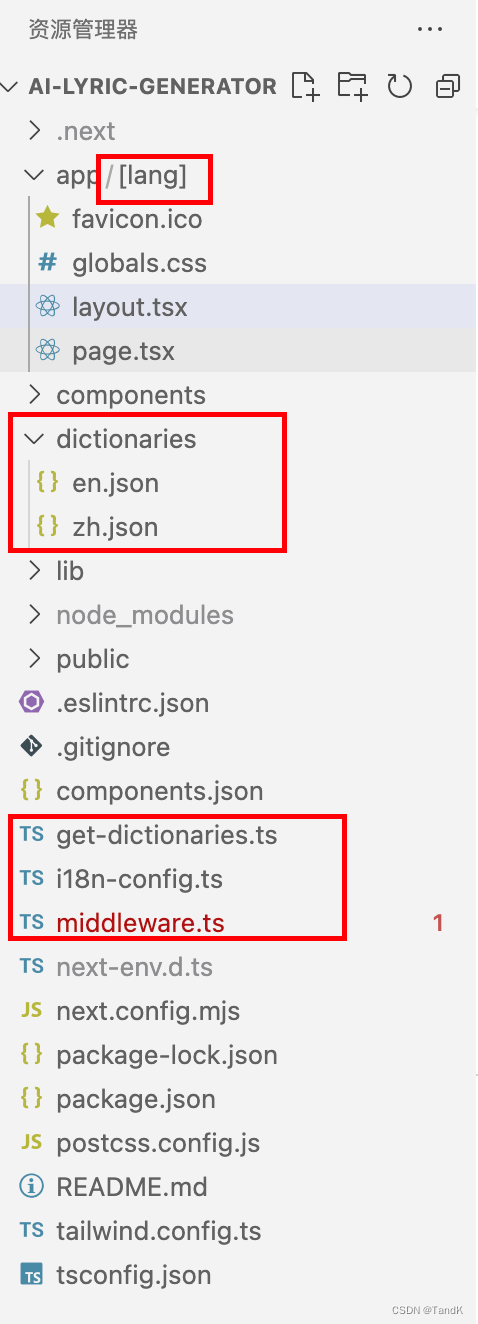
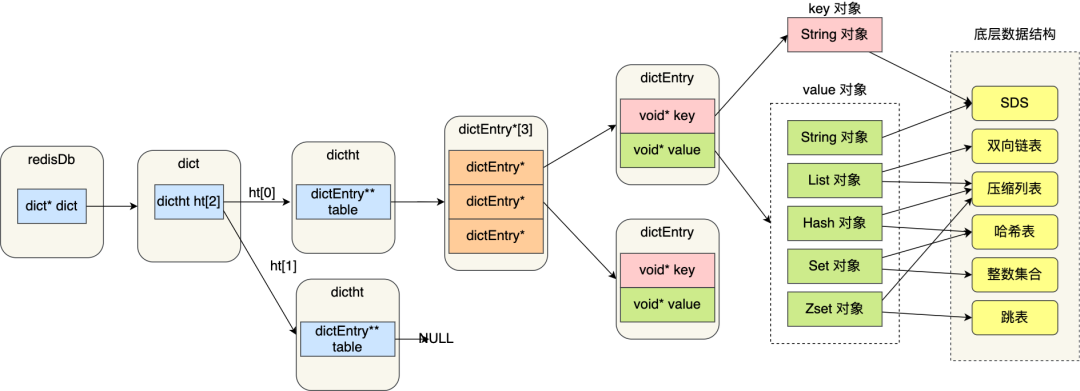
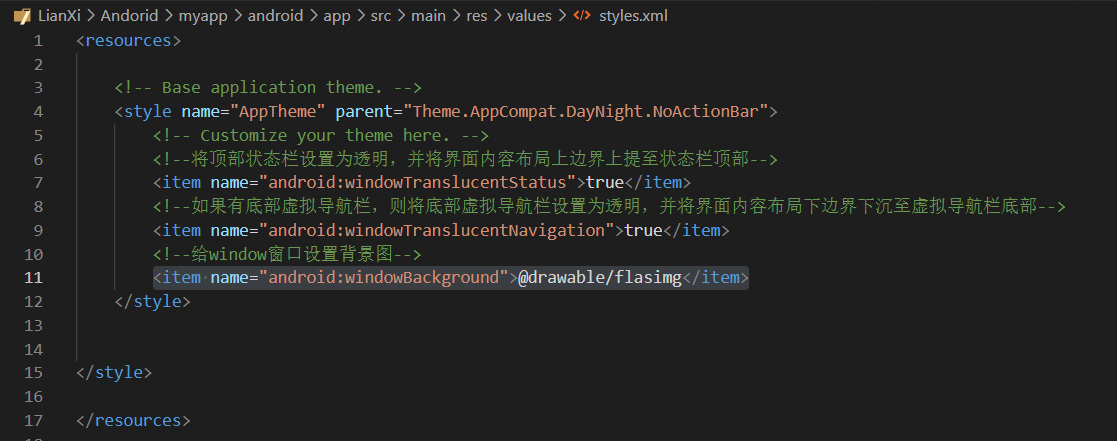

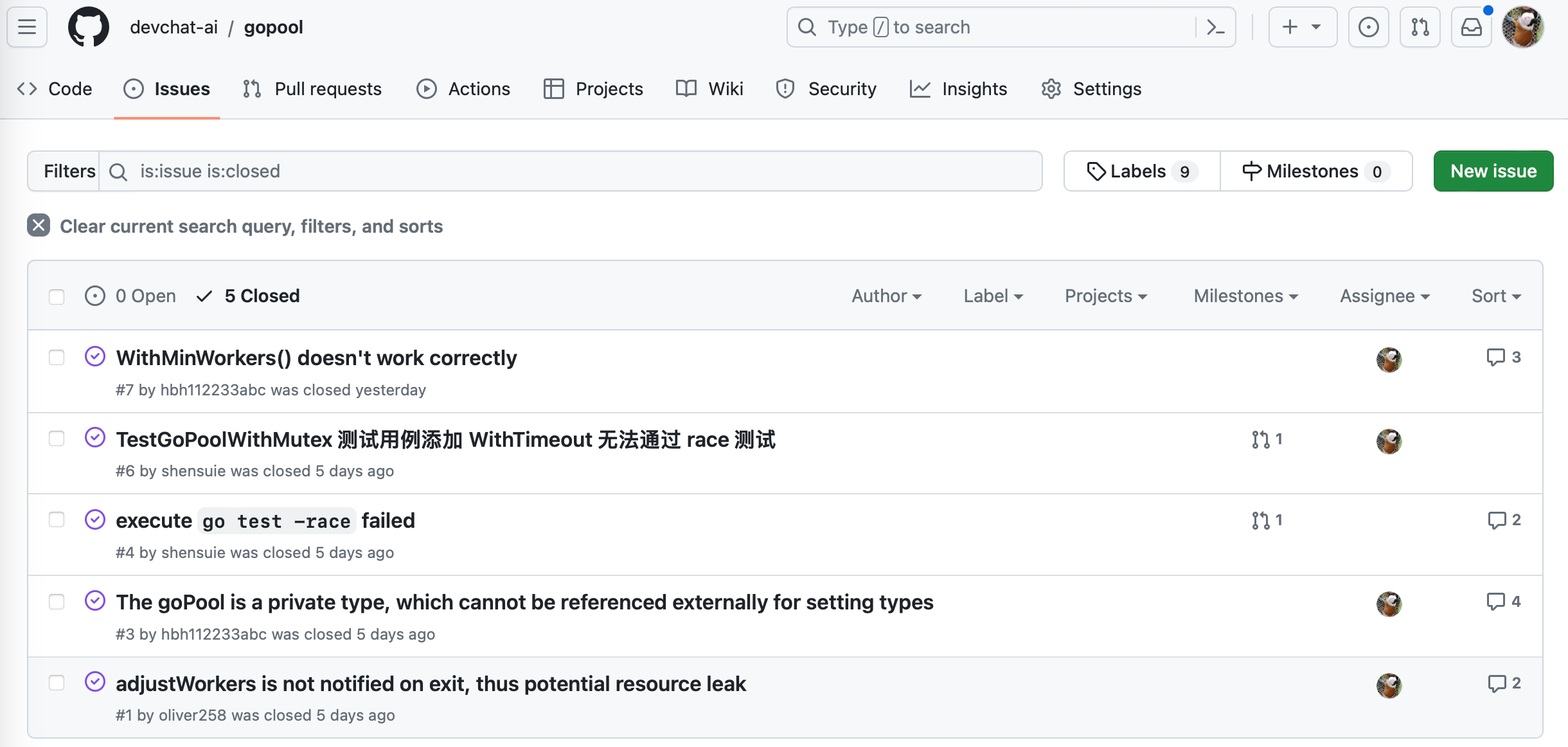
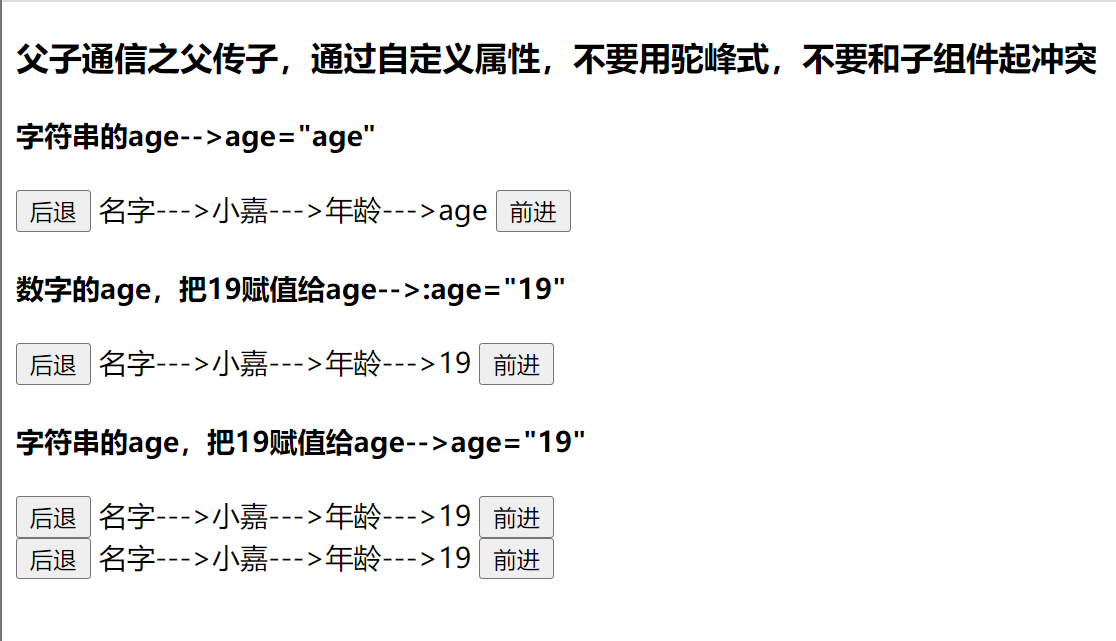

](https://img-blog.csdnimg.cn/3fd2f1f0fdf7436c82006c055c7d8585.png)
